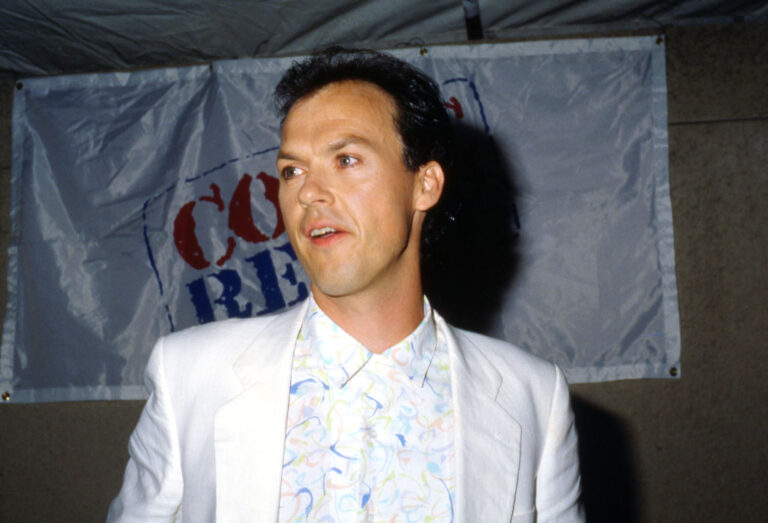When Michael Keaton’s wild energy met Henry Winkler’s understated charm, something special happened on screen. Together, they created a chemistry that turned a quirky little film into a cult favorite.
Released in 1982, Night Shift wasn’t just Ron Howard’s debut as a feature film director—it was a true coming-of-age moment for everyone involved. Set in a New York City morgue, the story follows quiet, anxious Chuck Lumley, played by Henry Winkler, whose routine is turned upside down by his unpredictable new coworker, Bill Blazejowski, played with unforgettable flair by Michael Keaton.
What begins as a story about late-night odd jobs quickly becomes something much more chaotic and hilarious when the two come up with the idea to run an upscale escort service out of the morgue. The plot is absurd, but the heart of the film lies in the charm of its three leads—Keaton, Winkler, and Shelley Long.
Keaton was still a newcomer at the time. Prior to this role, he’d only been in a small comedy and a short-lived TV series. He recalled how many auditions it took to land the part. But when he did, he threw himself into the role, even blasting Springsteen songs like “10th Avenue Freeze-Out” to get into character. His performance, quick-witted and vibrant, was a revelation.
Ron Howard later revealed that Henry Winkler had been offered the choice of roles and deliberately chose the more reserved one. He supported Keaton throughout filming, encouraging him to push his comedic limits. Their on-screen connection worked so well because it mirrored their real-life tension—Winkler wasn’t initially comfortable with Keaton, which only made their characters’ dynamic feel more authentic.
Several well-known actors were considered for Bill, including Mickey Rourke, Kurt Russell, John Belushi, and even Bill Murray. But Keaton ultimately won the part, and one of the writers immediately saw star potential in him.
Improvisation played a key role in the film’s humor. One memorable scene shows Keaton handing a check to a blind man asking for change—a perfect example of his spontaneous brilliance. Night Shift also includes cameo appearances from future stars. A young Kevin Costner appears briefly at the morgue party, and Shannen Doherty makes her film debut as a girl selling cookies in an elevator.
Shelley Long plays Belinda, a kind-hearted but tough sex worker who lives next door to Winkler’s character. Long initially hesitated to take the role, concerned about playing a prostitute. But after doing some research and seeing the depth in the character, she agreed. Her performance was described as both wholesome and charming—so much so that critics joked she could lead a scout troop.
There’s a particularly memorable breakfast scene where Belinda is cooking eggs in her underwear. Winkler’s bashful reaction and Long’s ease with the moment make it one of the film’s most charming and funny sequences. There’s even a small continuity error—she starts with fried eggs but ends up serving scrambled. Yet the moment is so delightful, no one minds.
Other little slip-ups, like calling Doherty’s character a “Bluebell” instead of “Bluebird,” or the use of a subway train that doesn’t actually stop where the characters claim it does, add a certain unpolished charm to the film. Howard also gives himself a cameo—playing a saxophone in the subway—and his brother Clint plays the quirky morgue character Jeffrey.
The soundtrack is equally memorable. Rod Stewart originally recorded “That’s What Friends Are For” for the film before it became a hit years later in a new version. Other songs, like Van Halen’s “You Really Got Me” and the Rolling Stones’ live version of “Jumpin’ Jack Flash,” give the film its distinctive energy.
Night Shift may have seemed like just another early ’80s comedy, but its blend of offbeat humor, heartfelt performances, and unlikely friendships gave it lasting appeal. Without the trio of Keaton, Long, and Winkler, it would never have become the beloved classic it is today. More than just a comedy, it’s a story about unexpected connections, second chances, and finding purpose in the strangest places.
